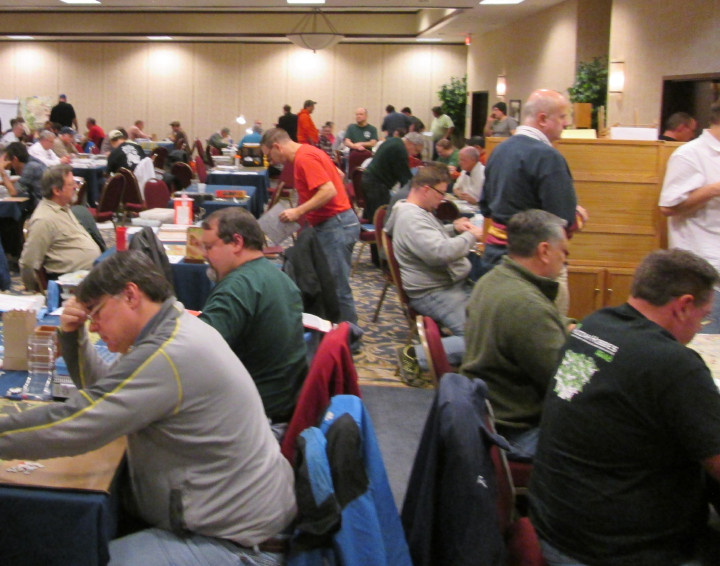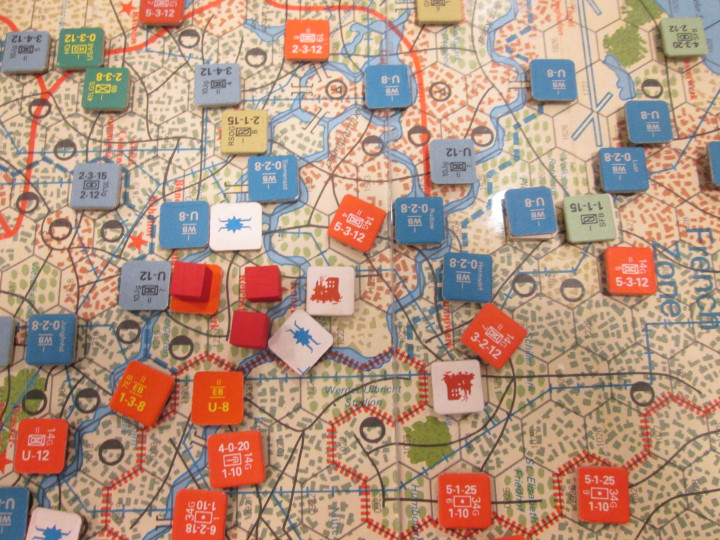Well, now I know you’re mad. I just wanted to make sure.
Though only two months separate the end of Doctor Who‘s fourth season and the start of its fifth, the difference between “The Evil of the Daleks” and Kit Pedler and Gerry Davis’ “The Tomb of the Cybermen” (Story Production Code MM) could scarcely be more striking. Where David Whitaker’s Dalek magnum opus plodded along several episodes too long and jumped from location to location, Pedler and Davis bring the Cybermen back in a taut, crisp, and focused four episode story that feels unlike any Doctor Who we’ve seen before—mostly because it feels exactly like what we think Doctor Who is supposed to feel like. This story is the ur-Who.
After a brief introductory scene bringing new companion Victoria into the TARDIS, a scene serving mostly to give a refresher about what Doctor Who is all about to new and returning viewers after the summer hiatus, action shifts immediately to a crew of space archaeologists on the planet Telos. It’s actually a quarry, of course, but the setting works inherently because these archaeologists are blasting their way into the buried Tomb of the Cybermen. You can tell because there are Cybermen on the walls next to the (electrified) doors.

We’re given no excuse or reason for the TARDIS appearing here, unlike the elaborate explanations of a wonky control console or stuck fast return switch of prior seasons. The TARDIS simply lands and the Doctor and his companions just walk out to have a look around. Further, the archeological team only cursorily question the Doctor about his sudden presence and then the matter is effectively dropped, the show’s internal logic reigning supreme. In this instance, the Doctor is taken to be a rival archaeologist, also seeking the secrets of the long-dead Cybermen, and he goes with it, silencing his young companions when they threaten to blow his conveniently bestowed cover. There’s a story to be told here, so on with it.
The Doctor volunteers to help the expedition get into the tomb, and once there, he vacillates between helping and hindering. Something seems not quite right, with two members of the expedition, Klieg and Kaftan, curiously insistent upon getting in, despite the death of a expedition member by the electrified tomb doors. The Doctor knows the danger of the Cybermen, but he also wants to know just what Klieg and Kaftan are up to with the Cybermen. The story establishes (somewhat ham-fistedly) that they’re up to no good, and by the end of the first episode, there’s a sense of menace without a Cyberman in sight. One does show up right at the end of the episode, but it’s a dummy, albeit a deadly one. We do, however, meet someone new. A cute, cuddly, metallic Cybermat…








